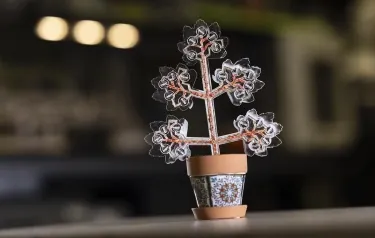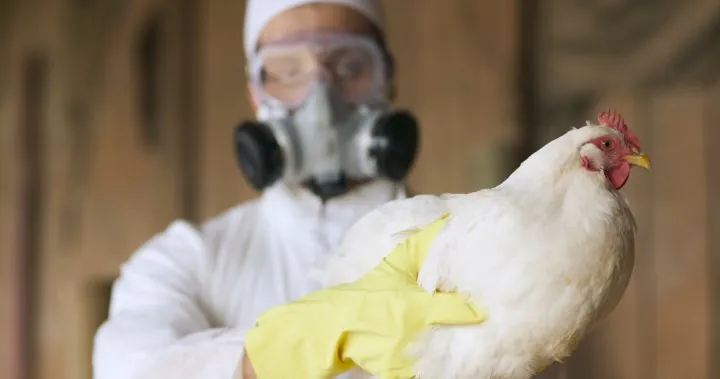
Revolutionary Artificial Plants Slash Indoor CO2 Levels by 90% and Generate Clean Energy!
2024-11-04
Author: Jacob
In an exciting breakthrough, researchers at Binghamton University have unveiled innovative artificial plants that not only purify indoor air but also generate clean energy. This groundbreaking development could change the way we think about indoor air quality and energy production forever.
Did you know that the average American spends about 90% of their time indoors? This means the air we inhale in our homes, workplaces, and even schools has a significant impact on our health. Traditional air purification systems can be expensive and often require cumbersome maintenance, including frequent cleaning and filter replacements, leading many to seek alternative solutions.
Enter Professor Seokheun “Sean” Choi and PhD student Maryam Rezaie. They have ingeniously repurposed their research on bacteria-powered biobatteries to create artificial plants capable of consuming carbon dioxide, producing oxygen, and generating power. Their novel artificial plants employ indoor light to drive a unique form of photosynthesis, achieving an incredible 90% reduction in carbon dioxide levels—far exceeding the mere 10% reduction offered by natural plants.
"Especially after the COVID-19 pandemic, we have come to realize how crucial indoor air quality is," says Choi, who studies at the Thomas J. Watson College of Engineering and Applied Science. "Indoor environments can accumulate toxic materials from building materials and furnishings, as well as carbon dioxide from our own breathing and cooking activities."
The genesis of the project started with a fun experiment involving five biological solar cells and photosynthetic bacteria, which led to the creation of an artificial leaf prototype. Following initial tests, which showed promising carbon dioxide capture and oxygen generation rates, Choi and Rezaie built the first version of their artificial plant featuring five leaves.
While the current power generation stands at around 140 micro-watts, the ambitious researchers have set their sights on enhancing this technology to achieve outputs exceeding 1 milliwatt. They envision integrating energy storage solutions, such as lithium-ion batteries or supercapacitors, enabling practical applications like charging cell phones or powering small devices.
In addition to power generation, future enhancements could involve using diverse bacterial species to ensure longevity and developing efficient systems for water and nutrient delivery. Choi believes that with a bit of fine-tuning, these artificial plants could become a staple in every household.
"The advantages of this concept are abundantly clear," Choi emphasizes. "Imagine having a device that not only cleans your air but also contributes to your energy needs!"
As more people become aware of the importance of air quality and renewable energy, the potential impact of these artificial plants on everyday life could be transformative. Could this innovative technology be the future of clean indoor air and energy generation? Only time will tell, but one thing is for sure—artificial plants are about to revolutionize our living spaces!









 Brasil (PT)
Brasil (PT)
 Canada (EN)
Canada (EN)
 Chile (ES)
Chile (ES)
 España (ES)
España (ES)
 France (FR)
France (FR)
 Hong Kong (EN)
Hong Kong (EN)
 Italia (IT)
Italia (IT)
 日本 (JA)
日本 (JA)
 Magyarország (HU)
Magyarország (HU)
 Norge (NO)
Norge (NO)
 Polska (PL)
Polska (PL)
 Schweiz (DE)
Schweiz (DE)
 Singapore (EN)
Singapore (EN)
 Sverige (SV)
Sverige (SV)
 Suomi (FI)
Suomi (FI)
 Türkiye (TR)
Türkiye (TR)